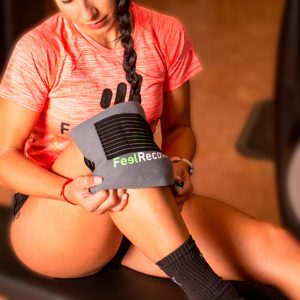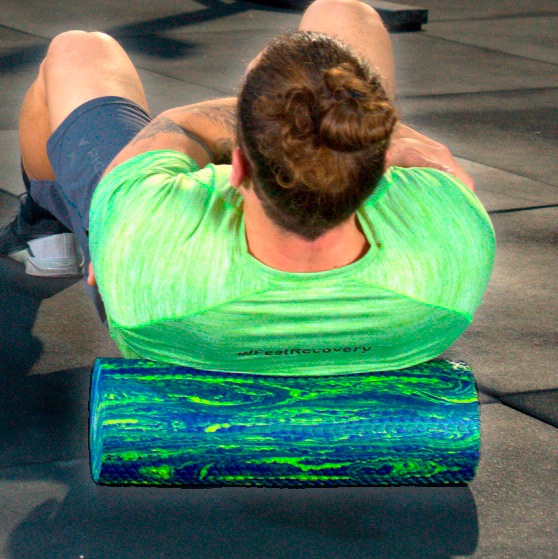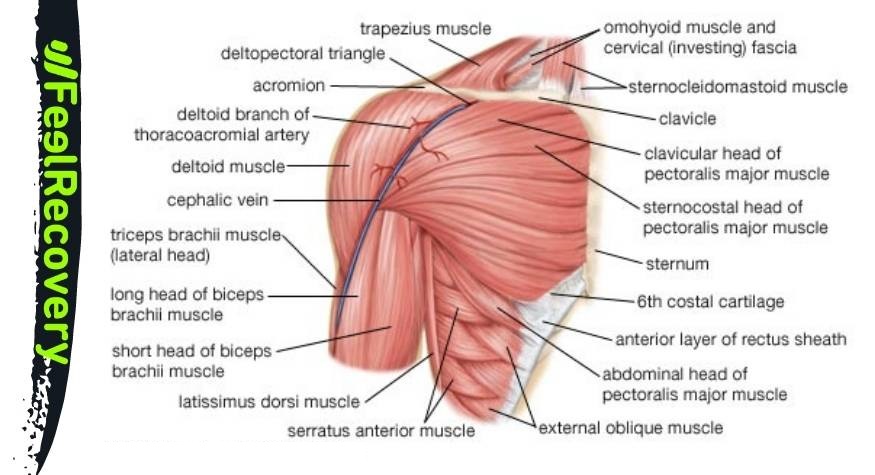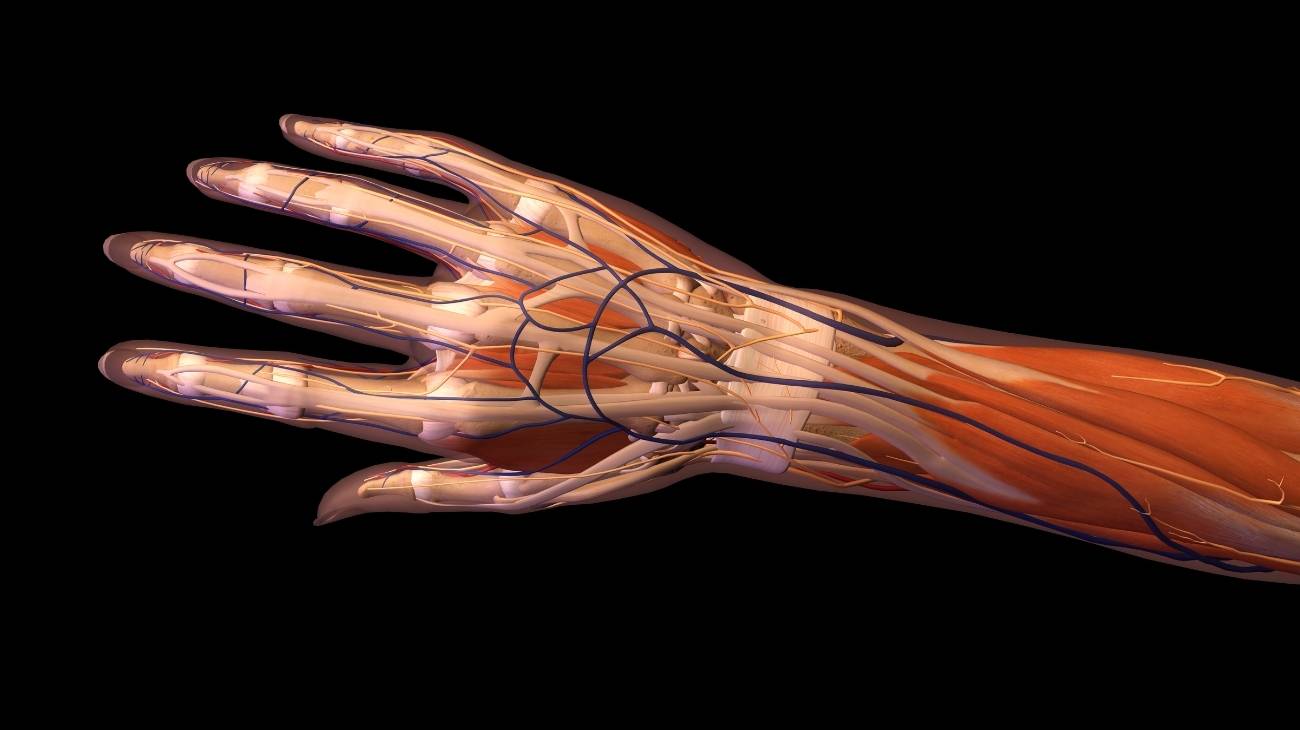Shoulder Anatomy
The parts that make up the shoulder form a biomechanical relationship between different elements, which allow flexion, extension and abduction movements, among others. This leads to permanent injuries to the shoulder system, which can be treated in different ways. Read on to find out what biomechanical movements are all about.
Featured Categories




















